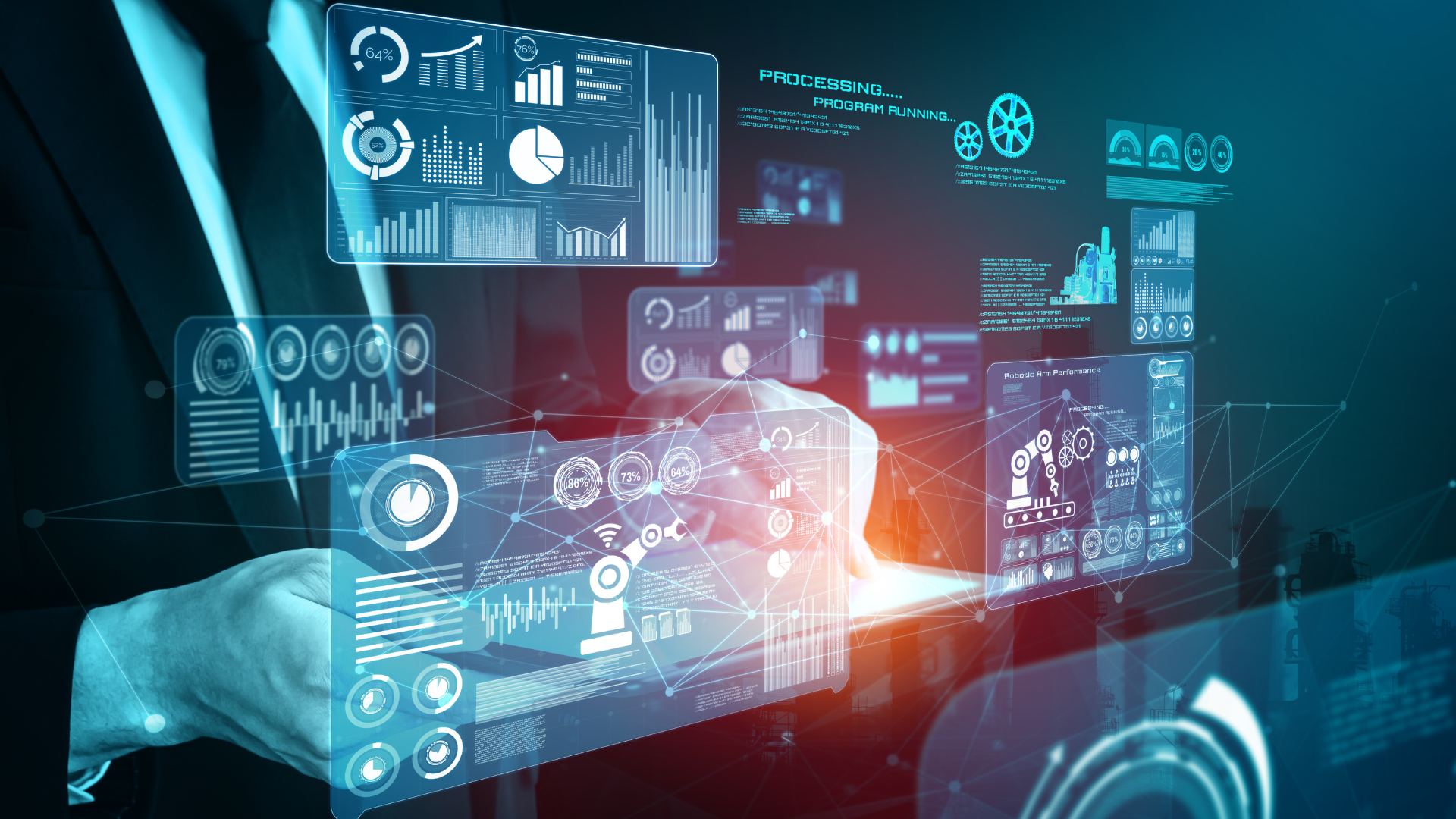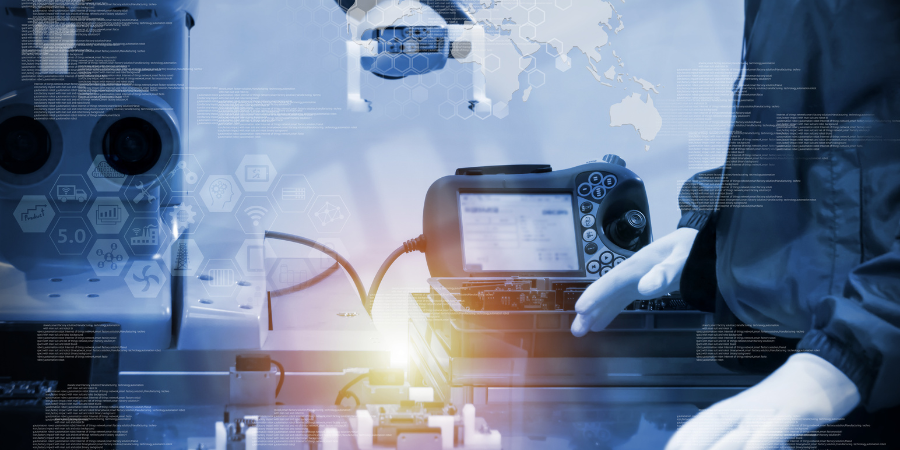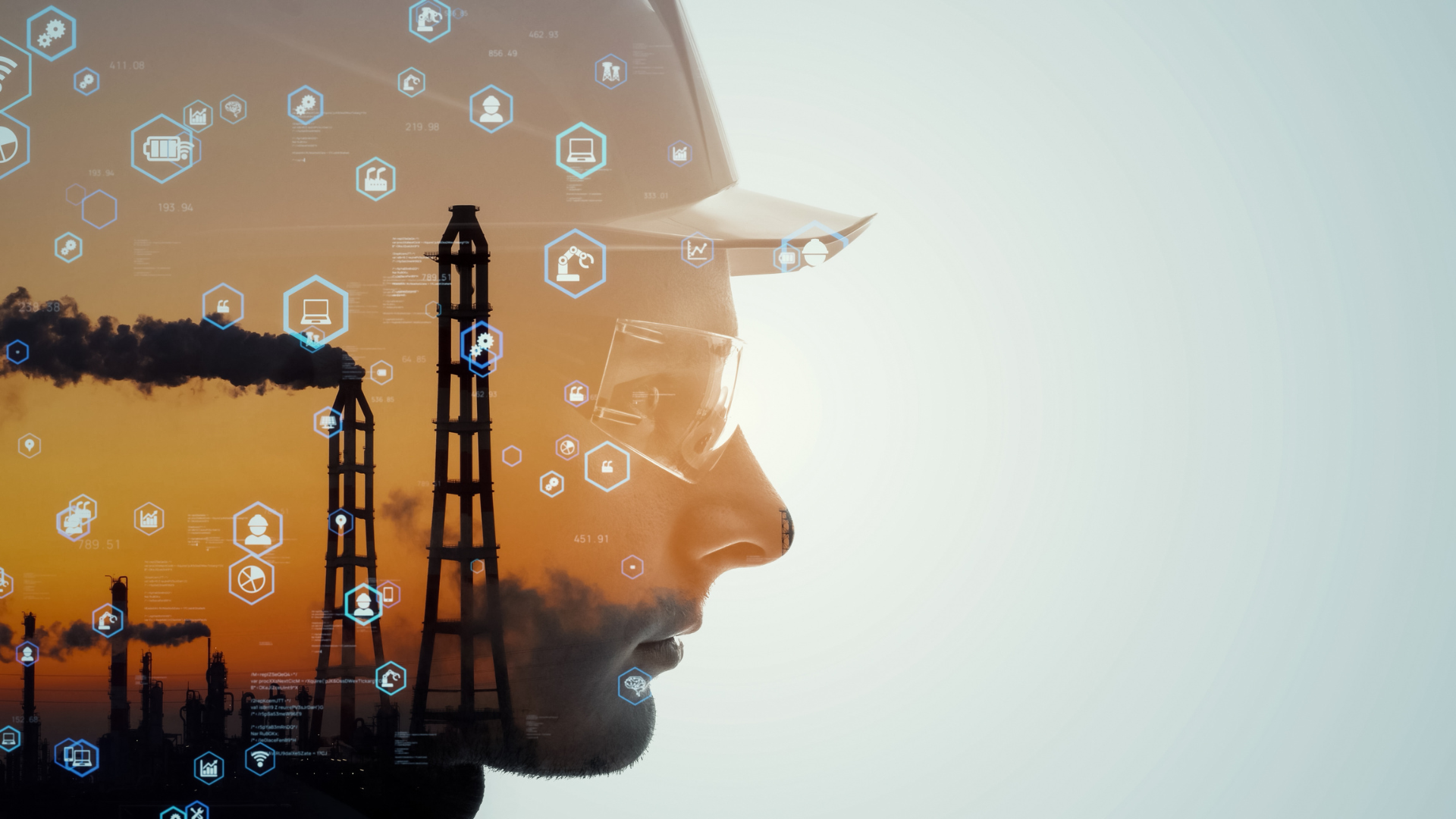Ten Examples of the Internet of Things (IOT) Applied in Everyday Life
Ten Examples of the Internet of Things (IOT) Applied in Everyday Life
Internet of Things (or Internet Of Things, or IoT) is a concept that is based on the interconnection (through the Internet) of the objects of our day-to-day life.
10 Internet of Things Examples Empowered Automation Selected:
- Smart Shoes. Runners! No more having to wear the heart rate monitor. The “Gemini 2” shoes will allow you to measure the distance, calories and time you travel on your outings.
- Sensors for the Field. Another example of the Internet of Things selected in this list makes mention of the benefits that these objects bring in the field. Companies like Parrot offer sensors that record data on sunlight, temperatures, fertilizer level, and humidity. A very useful source of information for the user.
- Wearables. Wearables is being one of the businesses with the best growth prospects for the coming years . Products such as “smartwatches” or “smart glasses” are interesting examples of the Internet of Things.
- Smart Buttons. One of the most curious examples of Internet of Things is the smart button. Amazon was the first company to put the “Smart” button on a washing machine, so when the detergent runs out you can buy it directly (by pressing the button). Personally, I have doubts about the viability of this type of buttons, taking into account that there are virtual assistants that aim to centralize all purchase orders for our homes.
- Beacons. One of the examples of the Internet of things that seems to have the most future are “beacons” or “beacons”. When a person passes near them they communicate with our mobile, which makes the rise of proximity advertising possible. As well as the possibility of improving payment by phone.
- Cleaning at Home with Roomba. Our beloved Roomba is another example of the Internet of Things that we have selected for this list. Little introduction is necessary for this dear home companion.
- Smart Mirror. Mango has already put this object on the market. Connected to different health applications, the mirror is able to inform you of your weight, sleep quality or body hydration. Will the day come when we see one of these magic mirrors in our homes?
- Datalong. Datalong is a small device that travels with the merchandise and allows you to continuously obtain real-time values such as the location of the shipment or the temperature at which it is. ALl this makes it possible to keep the cold chain under control as well as total traceability.
- Smart Tractors. Yes, what you read. It is also possible to have an automated tractor . That is, you do not need a driver. The vehicle is programmed with a map as well as the tasks to be carried out. It is launched directly from the mobile and thanks to its GPS, sensors and radar it allows you to cultivate.
In addition to the concrete examples of the Internet of Things that we have just discussed, there are developments that will allow certain sectors to be significantly improved. Which? We discuss them below:
Hostelry. In this sense, there are already fast food restaurants that notify you when your food is ready. Furthermore, from a management point of view, food stores have a lot to say. Prevention of food expiration, necessities, automatic orders … all this has a lot of room for improvement. It should be noted that the Powerhouse Dynamics company offers a powerful application for this sector that allows controlling, monitoring and managing centralized air conditioning equipment, lighting, refrigeration equipment or the detection of water misuse.
Shops. Thanks to IoT applications, certain questions are being answered, such as how often does a customer come? What time? what buy? Where does it come from? How much time do you spend shopping? Thanks to the Internet of things, it is possible to know the behavior of users, and what is more interesting, to be able to predict them. Logically, all this with the aim of monetizing it.
Smart cities. Paris 2050 is an ambitious project that the French capital has approved. The objective is to reduce gas emissions, for this they plan to rebuild a neighborhood in the center of Paris. Its “star plate” will be bioclimatic buildings that generate energy. Let’s hope they serve as an example for the rest of the world!
You might also like



